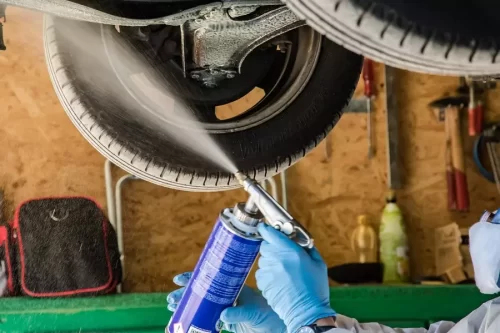
Vehicle Undercoating Decoded
Issue 31 • Engine & Transmission Tips Undercoating your vehicle. Is it worth it? And, can you do it yourself? If you have a new

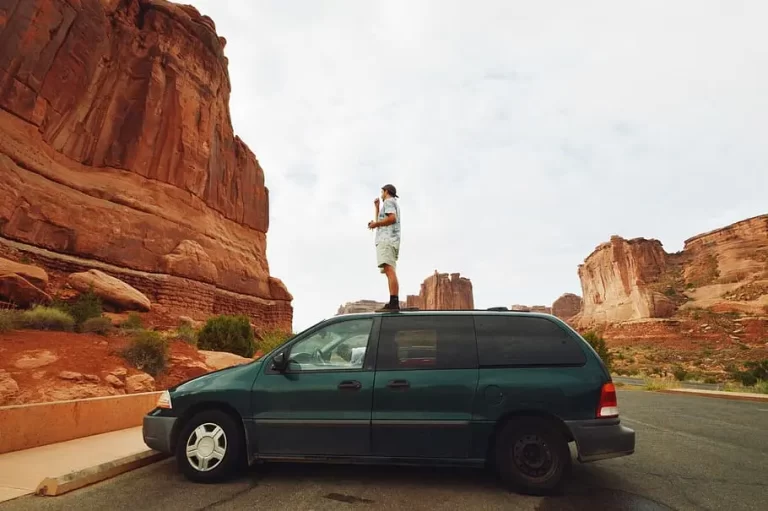
Working backward in the evolution of “family” cars, you have today’s SUV, preceded by the minivan, and before that, the iconic station wagon. (We’re sure there are more categories, including family vehicles drawn by horse, but we’re stopping at station wagons.)
Station wagons were not a “fad” like minivans and SUVs have become. Their origins are from 1920 when a utilitarian vehicle was needed to ferry goods and working folk from the train stations to their homes and estates.
Thus, you didn’t buy a station wagon for its imaginative design, outstanding handling, or a plethora of cup holders. You bought it for the wood paneling. Hahahaha. You bought one to lug around people and their stuff in a comfy ride.
Unlike minivans and SUVs, where kids say, ewwww, when you bring a new one home, all kids in the ‘60s and ‘70s LOVED their family’s station wagon. Why, you millennials ask? Because of the “Way Back” seat!
Conjured in 1960, Chevrolet introduced the Rambler wagon, which introduced the incredible, magical, (almost detached) section at the very rear of the station wagon where the seats faced backward. These seats were always chosen by kids before they even set foot outside of the house. Why, again, you millennials ask? Because that coveted third row of seats didn’t face your parents. All you could see was the “way back” to where you came from.
In that third row, the kids had their oasis all to themselves. No wicked stares from your parents, unless you turned around. And if you did get caught doing something bad, to get to the front of the car, you had to crawl over the second row of seats, where your infant baby brother was laying flat on the sticky-vinyl bench seat, between your two older sisters. Then you had to traverse the armrest in the front seat to squeeze in between your mom and dad. Dad was always driving, and both were always smoking. And you were in the very first form of a “time out”.
Yet, when you were privileged enough to reside in the “way back” seat, you were in charge of managing all the various vehicle drivers behind you, apparently put there solely to amuse even the grumpiest of kids. The most fun of course, was the tractor-trailer driver, who you would coax to honk his air horn by raising your fist straight up and down making a train-whistle-pumping motion.
But, I digress.
The way back seat configuration was instantly adopted by the big-three automakers in 1961. Ford, (those rebels), went a different route in 1965, and faced their “jump seats” towards each other, on the sides of the station wagon. That way kids could play with each other, (with an optional game table,) instead of torturing the driver behind them.
Station wagon rear doors were configured differently by virtually every car maker. But Ford busted out the Magic Doorgate. It could drop down like a pickup tailgate, or open like a swinging door when you needed to dig deep into the middle of the station wagon. Rear windows rolled down with a crank on the back of the door until power windows squeaked onto the scene.
And somewhere in there, the glass on the sides of some station wagons crept up to the roof-line, (see AMC Pacers,) and poof, the sunroof was born. (Mostly because AMC Pacers were ugly fish bowls you could drive.)
Now, the favoritest, coolest to all kids, tailgate had to be GM’s “Glide-Away Tailgate”, also known as the “clamshell”, which debuted in 1971. Instead of a rear window that slid down into the tailgate, it disappeared up into the roof. And instead of the tailgate folding down, or opening like a door, it retracted into the floor of the station wagon.
GM marketed called it a great advantage to access rear cargo, even when parked in a tight spot with another car behind you. BUT, for any boy who ever got to ride in one, or even see one in action, it was the absolute best Star Trek shuttle craft bay door ever!
Taking a trip was never boring in a station wagon, see National Lampoon’s Vacation movie and our Fraser Fast Facts feature on the station wagon in the film.
But alas, prompted by the gas crisis of the late 1970s, Chrysler’s Lee Iaccoca launched the Dodge Caravan (minivan) and effectively killed the station wagon in a cold, harsh backstabbing. They just ceased existing as more and more manufacturers jumped on the minivan bandwagon.
So, in homage to our favorite station wagons, here is our list, in no particular order, except for the miserable Wayne’s World AMC Pacer being last, (which is also a Fraser Fast Facts feature.)
)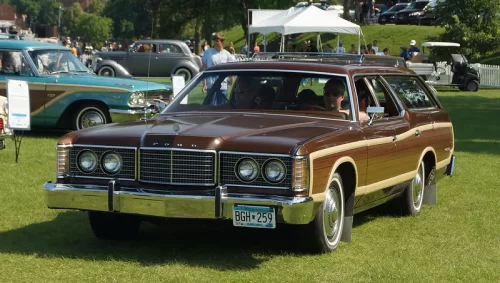
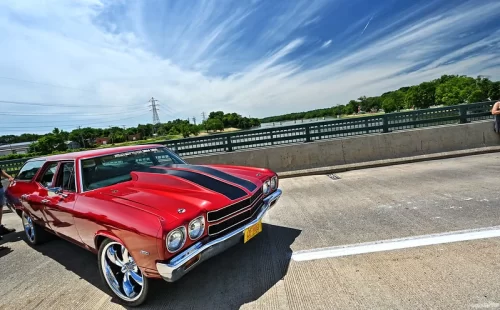
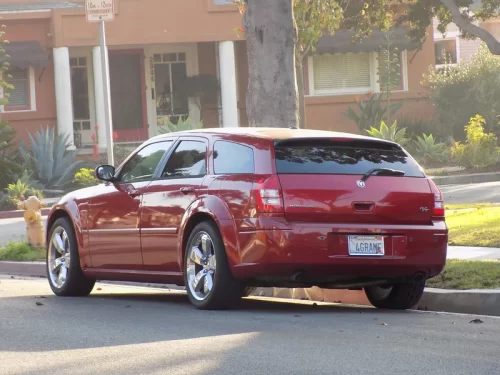
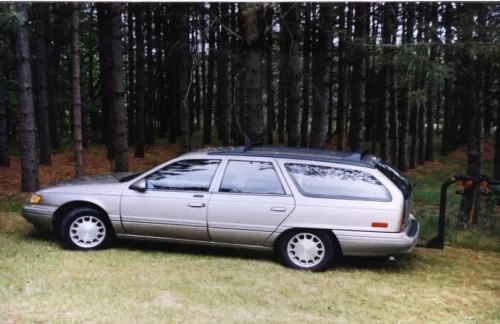

Issue 31 • Engine & Transmission Tips Undercoating your vehicle. Is it worth it? And, can you do it yourself? If you have a new
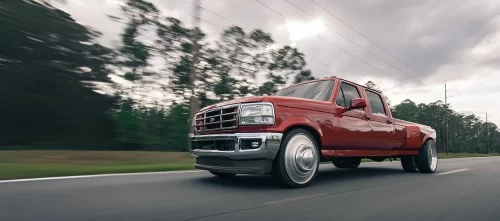
The Ford F-Series, a symbol of American automotive heritage, has been a staple on roads and worksites for over 70 years. With a rich history
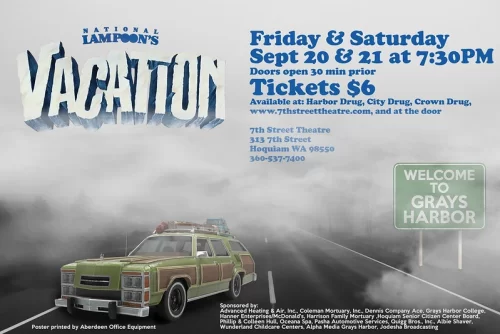
Meet the unlikely star of National Lampoon’s 1983 movie Vacation. “You think you hate it now, but wait until you drive it.” – Ruben, the
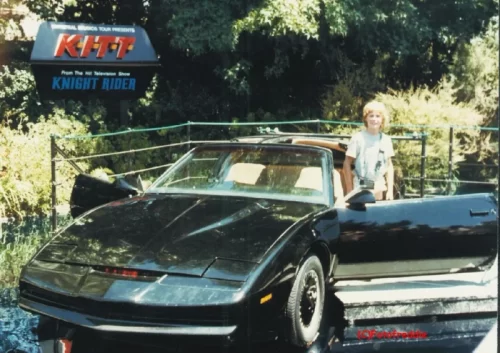
The coolest car on the 1980s TV block, with thousands of replicas still on the road. Knight Rider’s K.I.T.T. – The super-pursuit Trans Am for
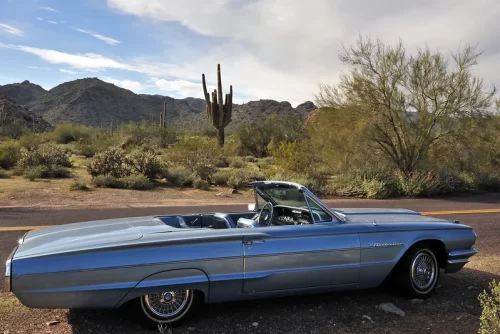
Starring two chicks and a 1966 Ford Thunderbird Convertible “It’s not about the journey, it’s about the destination…” (at least in this movie) Thelma &
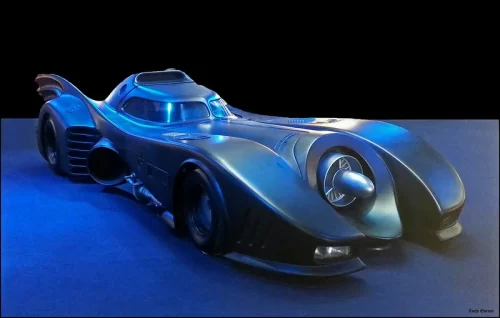
Part Two of a Three-Part Series Hollywood Reshapes The Batmobile To Be Stylish and Badass While this is part two of our Batmobile series, it